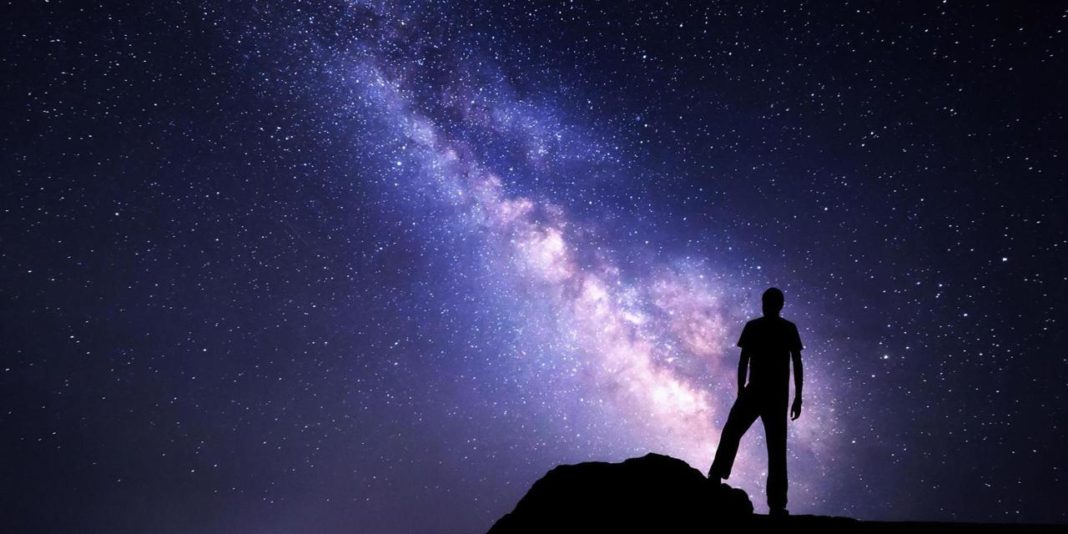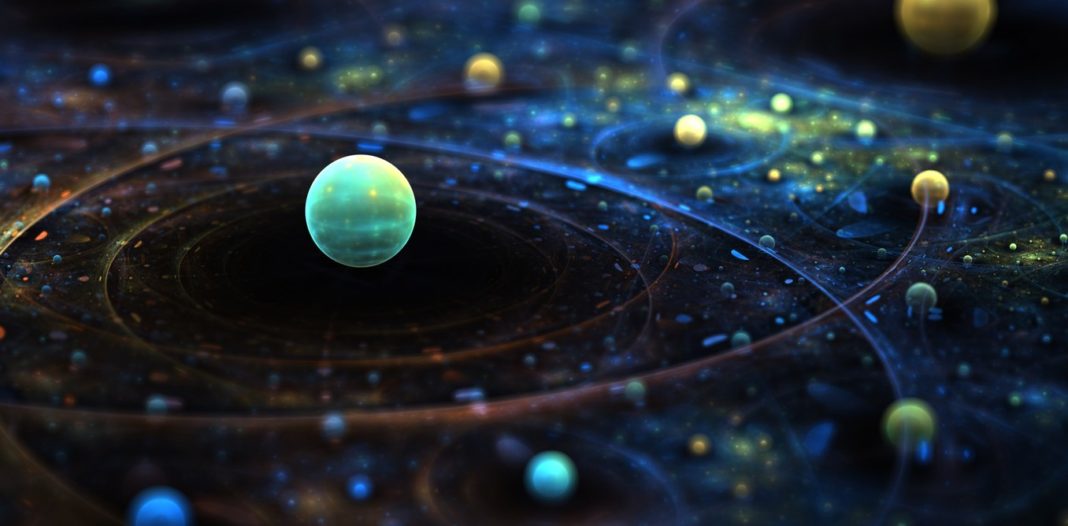The universe is a big place and how could anyone possibly know everything there is to know about it? While some people like to walk around in a bubble and just accept that we’re here and don’t care why others like to dig a little deeper. Below are a few cool things about the universe that you may or may not know:
- Immediately after the Big Bang occurred, the universe was in a hot, dense state where light rays couldn’t travel very far and were constantly being soaked up and re-emitted again. Finally, around 380,000 after the big event, the universe cooled enough to let the light rays travel through uninterrupted. To look into earlier times in the universe and gain more information we could measure gravitational waves emitted from the Big Bang. These ripples in space-time carry great secrets about the sources that produced them.
- There are different ways in which people describe parallel universes. One interpretation is based on the many worlds theory that states for every random choice made, the universe divides in two, each offering a different outcome. This theory works on a quantum mechanics level rather than everyday choices. The way in which quantum mechanics works is by assigning probabilities to an outcome such as in Schrödinger’s cat experiment. This concluded that if a cat was put inside an isolated box with some poison that was to be released when some random event occurred, from the outsider’s point of view, the cat is both dead and alive. It’s only once the box opened that they will know for sure what’s happened. If you look at this event from the many worlds perspective and you open the box to find the cat alive, then due to the split universe, somewhere else the cat would be dead. Another interpretation is that our universe is part of a much bigger universe that’s part of an infinite number of universes. However, each is always separate, and no one from one universe would ever be able to see another being from another universe.
- The universe is estimated to be around 13.8 billion years old, with the Earth being around 4.5 billion years old. Scientists came to this number through many observations over the past century. One very important discovery came from that of Edwin Hubble who worked out how to calculate the speed at which galaxies were drifting away from us by measuring the amount of light or sound waves are given off. In measuring this speed Hubble determined that the further away a galaxy was from us, the faster it moved. He also deduced that the universe a lot smaller than it is today and that at one time was a lot closer together.
- If a person were to get past the event horizon of a black hole it would be a very strange experience. Because the gravitational pull on your feet would be so much more than on your head, your body would be spaghettified. If the black hole is especially big then you may just survive through the event horizon but as to what you would see inside remains a mystery.
- Time travel is possible, just not in the way people think. For example, if you were to travel in a spaceship at close to the speed of light to the nearest star, ten years may pass for you, but for everyone back on Earth 100 years would have gone by. The faster you went, the slower time would be in comparison to everyone else. So, for this reason, you could travel to the future, but chances are it would be a one-way trip as coming back would require the use of wormholes and these are a whole different ball game. There is also the grandfather paradox to consider when it comes to traveling back in time, and that is if you went back in time and did something that resulted in your grandfather not meeting your mother, then you would never have been born. But, if you had never been born, then you wouldn’t have been able to go back and do it in the first place.
- Frank Drake created an equation that calculated how many other civilizations might exist elsewhere in the universe. It takes into account things like the rate of which stars form, the fraction of these that will then form planets, the number of these planets that can support life, etc. Considering how big the universe is and how long it’s been in existence, it’s more than likely there are going to be some other forms of life out there. But whether we will ever get a chance to communicate with them is another question.
- The universe has been expanding ever since the Big Bang occurred. Since then it hasn’t stopped, with the rate of expansion increasing with thanks to the effects of dark energy.
- In space to will always age differently to someone down here on Earth because of the effects of general relativity. The closer you are to a huge object, the slower time will pass, and vice versa. Also, the bigger the object, the slower time appears to flow.
- A warp drive or wormhole has the ability to shrink or fold space-time around them. A warp drive effectively compresses the space in front of the spacecraft so that when it travels through space, it’s contained in a warp bubble of normal space-time. This way it can cover vast distances without having to break the speed of light. However, warp drives still a theoretical concept for the moment. Wormholes work by connecting two distant points, allowing spacecraft to travel instantly between them. And again, like the warp drive, it’s only theoretical for the moment.
- There are two prevailing theories on how the universe may end, the Big Crunch and the Big Rip, and they both end with the universe dying of heat. The Big Crunch is essentially the reverse of the Big Bang where everything is slowed down to stop the universe expanding, as it allows time to pull itself together again. But, if matter and energy density levels aren’t big enough the universe will continue to expand infinitely and eventually rip itself apart – hence the name the Big Rip.
More News To Read
- ‘Lab on a Chip’ Created by Stanford Scientists Costs Next to Nothing to Make
- Thanks to LIGO We Can Now Produce Our Very Own Gravitational Waves
- Quantum Entanglement is Just as Einstein Predicted
- Marijuana Gives Brain Cancer Patients a New Lease of Life
- NASA’s Engineers Create Some Pretty Mean Heat Resistant Electronics











